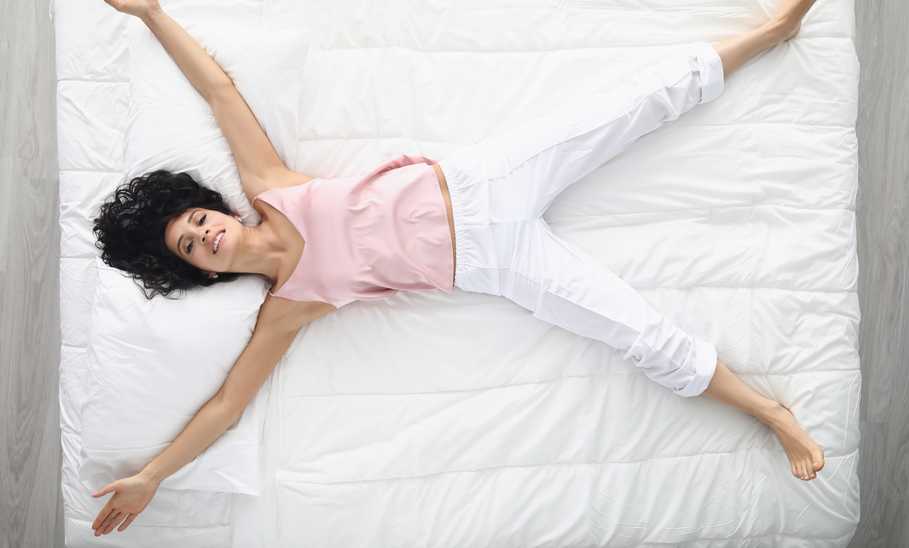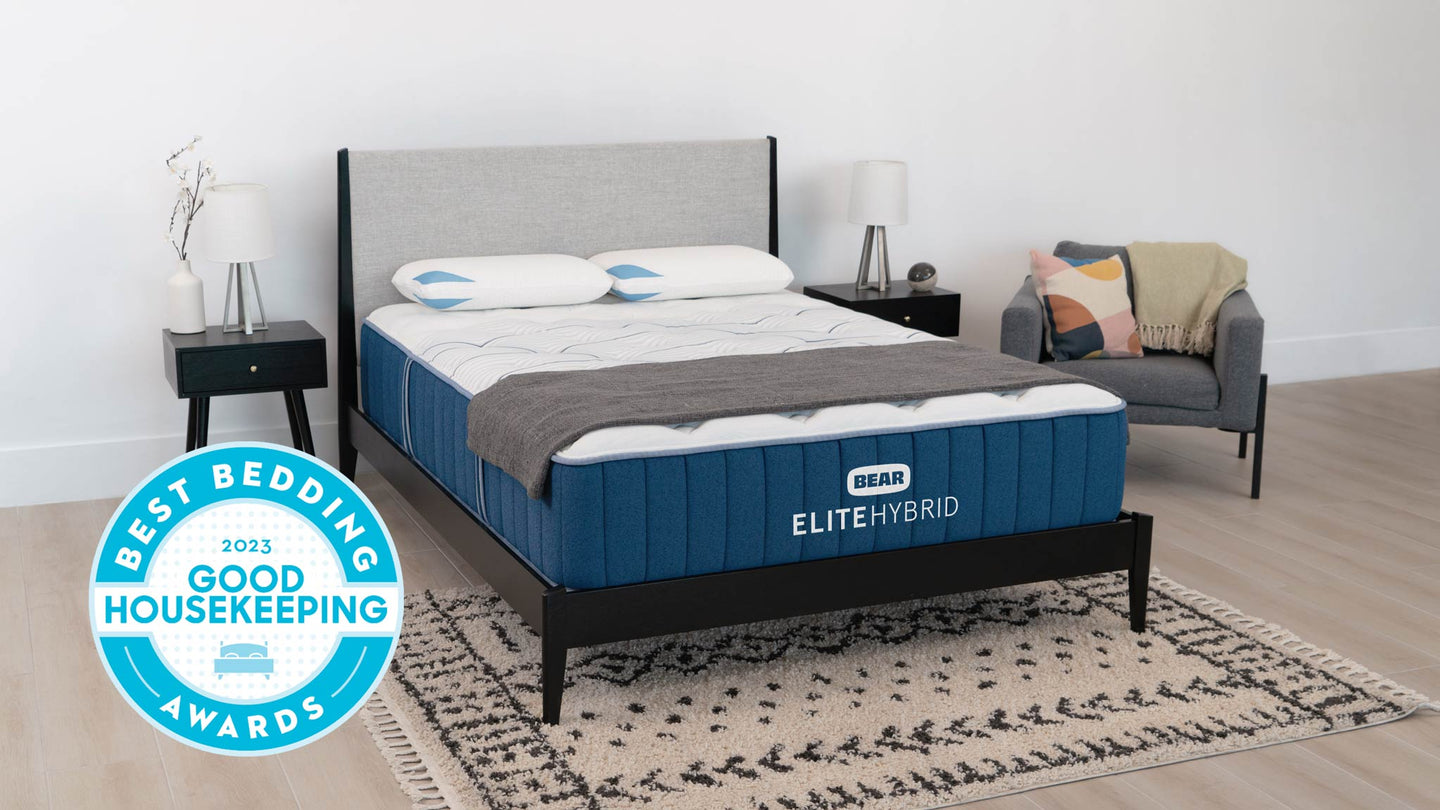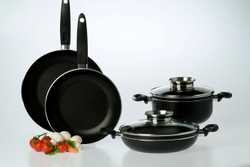- Mattress type: Hybrid
- Thickness: 13.5 inches
- Trial period: 100 days
- Warranty: 15 years
- Price on publish: $2,299
The Best King Size Mattresses for a Luxurious Night’s Sleep

Our evaluations and opinions are not influenced by our advertising relationships, but we may earn a commission from our partners’ links. This content is created by TIME Stamped, under TIME’s direction and produced in accordance with TIME’s editorial guidelines and overseen by TIME’s editorial staff. Learn more about it.
If you want to sleep like a king, you more than likely need to sleep on a king, especially if you’re sharing a bed with somebody else. There are so many options out there that trying to find the right one can be a royal pain in the neck, so we’ve whittled them down and crowned the following nine the best king-size mattresses in their respective categories. Long live the king!

Hybrid mattresses combine the best of both worlds, mixing the comfort and give of foams with the support and stability of innerspring mattresses. The Helix Midnight Luxe finds the sweet spot exactly, with four different layers of foam sandwiching a supportive layer of around 1,000 individually wrapped coils. This all adds up to a mattress with great motion isolation, spinal alignment, pressure point relief, and edge support.
With great motion isolation, lumbar support, and pressure-point relief, this is our pick for the best hybrid king mattress.

If you’re feeling less “head of state” and more, “my bed’s a state,” it’s time to upgrade to a better mattress. Our pick for the best memory foam option is Leesa’s Original hybrid, which, admittedly, isn’t an all-memory foam model, but bear with us. Its multiple layers of foam–that sandwich the supportive coils at its center–combine to make a mattress that has such a great balance of contouring and pressure relief that it will work for virtually any position, although it’s particularly great for side sleepers (who make up the majority of the population). “Combining memory foam with pocket springs, Leesa’s Original Hybrid mattress provides the cushioning side sleepers need for their shoulders and hips, while maintaining spinal alignment,” says Smith.
A hybrid mattress that combines memory foams with coils for a supportive and comfortable night’s rest.

If your cooling sheets aren’t cutting it, you could try choosing a mattress designed to bring down the heat a little, like Brooklyn Bedding’s Aurora Luxe. Below the GlacioTex cover (which actively draws heat away from your snoozing body), it has multiple layers of foam, including one infused with thermoregulating phase change material and another with cooling gel. The layer of springs also helps to promote air flow within the mattress, keeping you cooler than all-foam models.
A supportive yet comfy mattress with built-in cooling technology.
Despite being far and away the most popular sleeping position, spending the night on your side isn’t actually that great for your body, aggravating pressure points like the hips and shoulders and causing your spine to be improperly aligned. Ideally, you need a mattress that cradles and supports in the right places, which Nolah’s Evolution does through its clever layering of gently cushioning foams and stabilizing, lumbar supporting coils. It’s also available in three different firmness options, so you can find the ideal amount of give for you.
A mattress carefully constructed to offer plenty of support for side-sleepers while still being extremely comfortable.

If back pain turns every night into a battle royal between you and your bed, consider choosing a mattress designed to support your spine properly. In terms of the best mattresses for back pain, we recommended Bear’s Elite hybrid. The top two layers of foam cushion pressure points, keeping you comfortable, while the coils underneath offer balanced spinal support, motion isolation, and edge support. As a bonus, it comes with a free sleep accessories set worth $400, which includes two pillows, a sheet set, and a mattress protector.
A supportive, comfortable mattress designed to help people with back pain get a better night’s sleep, every night.

If you want to buy a king-size mattress but don’t have access to the royal treasury, you’ll need to look for a more wallet-friendly option (which also made our list of the best mattresses in a box). Brad Smith, interior designer and CEO at Omni Home Ideas, suggests trying out Zinus’ Green Tea memory foam mattress, saying, “This mattress offers a balanced combination of comfort and support, infused with green tea for freshness, and is priced reasonably for its quality.” Waking up to the smell of fresh green tea every day? You must be royalty after all.
An affordable king-size mattress that comes with the added bonus of multiple thickness options and a fresh, relaxing scent.

Fit for a king is one thing, but some of us need a mattress fit for a princess—ideally without the pea underneath. For a super comfortable option, Smith recommends Purple’s RestorePremier Hybrid. “With its unique hyper-elastic polymer grid and combination of coils, it's known for offering both support and pressure relief, adapting to the body's shape and sleeping position,” he says. Jump in and you’ll be a sleeping beauty in no time.
A thick, high-end mattress designed to provide support while still feeling incredibly soft and comfortable.

Give yourself the royal treatment with the truly luxurious TEMPUR-LuxeAdapt by Tempur-Pedic, a brand that makes some of the best mattresses in the high-end range. “This brand is synonymous with luxury in the mattress world,” says Smith. “The LuxeAdapt series offers adaptive support and the premium feel that Tempur-Pedic is known for.” Now you just need a king’s ransom in order to pay for it. (If you don’t need a full replacement yet, though, you could also try out their TEMPUR-Adapt topper, which made our list of the best mattress toppers out there and is a fraction of the price of a mattress.)
A supremely comfortable luxury mattress—with a price tag to match.

If you’re feeling less “head of state” and more, “my head’s a state,” you might need something more comfortable for your neck and back, especially if you tend to sleep on your side. “Combining memory foam with pocket springs, Leesa’s Original Hybrid mattress provides the cushioning side sleepers need for their shoulders and hips, while maintaining spinal alignment,” says Smith.
A more affordable mattress option for side sleepers needing some extra cushioning, with very minimal motion transfer.

Queen Elizabeth I famously had the stomach of a king, but history does not say whether she slept on it. If you’re a stomach sleeper, you likely need a firmer mattress to prevent putting too much strain on your back. “Tuft & Needle’s Mint mattress has adaptive foam, which offers the firmness stomach sleepers require to keep their spine in a neutral position, preventing any arching of the back,” says Smith.
A firm but comfortable mattress at a comparatively affordable price point.

Those looking for something a little more durable might want to consider Big Fig’s offering. “Specifically designed for heavier individuals, it combines high-density foams with a strong coil system to provide both comfort and durability,” says Smith. Capable of supporting up to 1,100 lbs total (or two sleepers of 550 lbs each), you’re guaranteed a truly majestic night’s sleep.
Designed to accommodate heavier sleepers, this mattress is comfortable, sturdy, and extremely durable.
Our selections were made through a thorough process of diligent research, experience, and consulting with relevant experts in the field. We also took pains to ensure all of our entries had glowing customer reviews, especially in terms of comfort, durability, and supportiveness.
Royally bad puns aside, there are several important considerations to take into account when shopping for a king size mattress. We’ll get into them in more detail below, but in brief, you’ll want to think about the following:
To determine if a king size mattress is right for you, consider the following:
“A king-size bed offers ample space for couples, providing approximately 38 inches of personal space for each sleeper,” says Byron Golub, vice president of product and merchandising at Saatva. “It’s a really good option if one partner tends to be a restless or active sleeper, as it allows you to move around comfortably without disturbing your partner.”
“As king-size mattresses are typically shared by two individuals, it's important to take both of your comfort preferences into account when searching for a suitable option,” says Golub. “If finding a consensus on firmness level proves challenging, a medium-firm mattress can be an ideal compromise. Alternatively, you might consider a split king mattress, allowing each of you to select your preferred mattress firmness. Generally speaking, softer mattresses are well-suited for side sleepers, while those who favor sleeping on their backs tend to find medium-firm mattresses more comfortable. Stomach sleepers typically benefit from a firmer mattress for optimal support and comfort.”
“A king-size bed is an excellent option for primary bedrooms—ideally, you’ll want your bedroom to be on the larger side,” advises Golub. “At a minimum, a bedroom should be 10 by 12 feet for a king-size bed; however, the larger, the better is a good rule when it comes to king-size beds. Preferably, your bedroom will measure somewhere around 14 by 19 feet. If maneuvering in the space is an issue, it might be best to consider a split king or queen-size mattress, which are easier to fit up narrow stairs and through tight doorways.”
“King mattresses provide plenty of space for heavier individuals and bigger couples,” says Golub. “Additionally, taller individuals may want to consider choosing a Texas, Alaskan, or Wyoming king-size mattress. The extra legroom can add an extra level of comfort for tall people.”
Sleeping position is also hugely important, as sleeping on your side, for example, means you’ll have different requirements to those who sleep on their backs, or stomachs. All sleepers require some balance of lumbar support and pressure-point relief, but it’s always worth checking which sleeping position the mattress you’re looking at is best suited for.
Per Golub, if you sleep hot, it might be best to avoid memory foam mattresses, as they have a tendency to retain heat. Innerspring and latex mattresses offer a cooler sleeping experience.
“When it comes to minimizing motion disturbance, memory foam mattresses are great options,” says Golub. “Conversely, you may experience disruptions from your partner's movements if you share an innerspring mattress, which can affect your sleep quality. If you prefer the traditional feel of an innerspring mattress but share your bed with a partner, it's worth exploring hybrid mattresses, as they offer a compromise by mitigating motion transfer.”
While there are some good cheap mattresses out there, generally speaking, a truly comfortable, supportive, and long-lasting mattress is going to cost more. Do be mindful, though, of paying for features you don’t need, for example, extra cooling features if you don’t run especially hot at night.
Since it’s tough to know for sure if a new mattress is going to work out, always opt for a brand that gives you options. Ideally, you want one that offers both free deliveries and returns, as well as a decent trial period (100+ days, if possible) during which you can return the mattress at any time if you feel it’s not working out. Look at the warranty period too–mattresses should last from eight to ten years, so if the warranty period covers at least this much, it might save you some grief if things go wrong.
“There are several different types of king-size mattresses on the market,” says John Merwin, CEO of 3Z Brands. “The most common are the standard king and California king, which are available with most mattress brands. There are also split kings, RV kings, and short kings, which are more niche variations of the king bed, designed to fit specific needs or spaces. Most people don’t know that there are actually sizes bigger than a king or California king, too—they’re not common among most bedding retailers, but Alaskan king, Wyoming king, and Texas king mattresses do exist.”
According to Golub, alternative king-size mattresses are sized as follows.
“There is also a split king mattress option, which, in the case of the standard king, is two twin XL mattresses (38 by 80 inches) put together to form a king mattress (76 by 80 inches),” adds Golub. “Since the beds aren't interconnected within a split king bed, partners can pick a different level of firmness for each mattress.”
“A standard queen is a foot slimmer than the narrowest king mattress, the California king,” says Golub. “Queen mattresses are great for single sleepers and couples in smaller spaces. They work best in small to mid-sized primary bedrooms. King mattresses are great for couples wanting a little extra room, with a mid-sized to large primary bedroom that can accommodate a larger bed without it taking up too much space.”
“Standard king mattresses typically measure 76 inches wide by 80 inches long,” says Smith. “However, always check specific brand dimensions as there can be slight variations.”
Bonus fun fact: King-size mattresses are so titled in honor of England’s King Bernard VII, who, strangely, was the exact shape and dimensions of a king-size mattress, hence the name.*
* this might not be entirely true
For a more thorough look into the world of mattresses, check out our guide to mattress sizes and bed dimensions and our ultimate buying guide to how to choose a mattress.
“A king-size bed provides more room for couples,” confirms Golub. “Each sleeper gets about 38 inches of space to themselves. It’s an excellent option if one of you is a restless or active sleeper, because you can comfortably move around without bothering your partner. They’re also great for families with kids and pets.”
“The cost of a good king-size mattress can vary widely, depending on factors such as materials, construction, and general features,” says Merwin. “On average, you can expect to pay between $700 and $3,000 for a king-size mattress.”
“A California king mattress (72 inches by 84 inches) is four inches narrower and four inches longer than a standard king (76 inches by 80 inches),” says Golub. “You end up having slightly less surface area when you purchase a California king versus a standard king (6,048 square inches vs. 6,080 square inches), but what you lose in surface area may be worth it to provide certain sleepers with more comfort. The standard king is an excellent option for couples that want a little extra room and are placing the mattress in a mid-sized to large primary bedroom, while California kings are great for tall couples that need longer mattresses in a large primary bedroom.”
The information presented here is created by TIME Stamped and overseen by TIME editorial staff. To learn more, see our About Us page.



